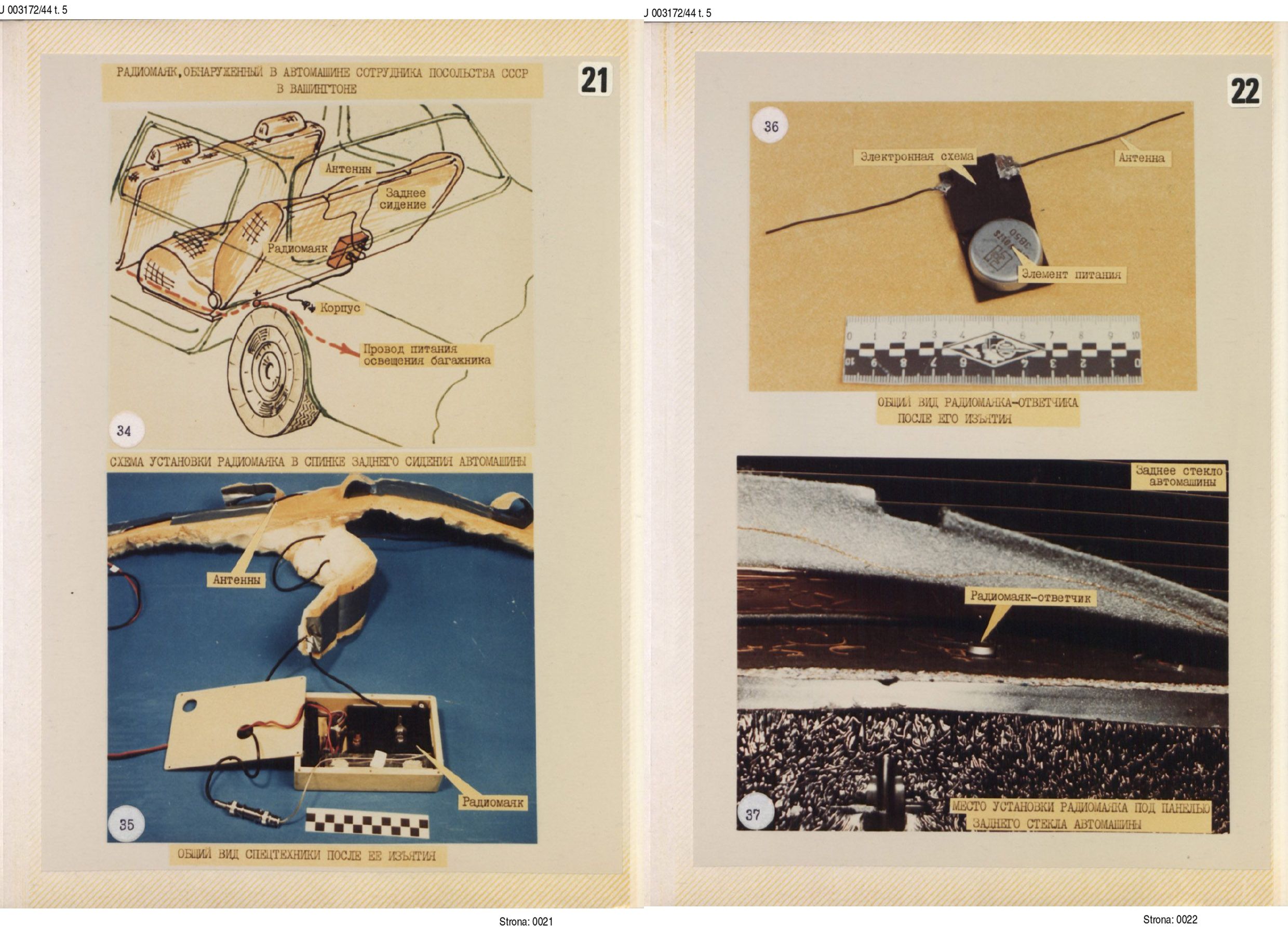
Unearthed File Reveals Huge Cold War-Era U.S. Bugging Operation Against Soviets
There are a number of unwritten rules in the world of espionage. These practices of the profession — though quietly accepted universally as “fair game” — can engender haughty rhetorical denunciations when an offending state is caught engaging in them.
Sometimes, countries will strategically disclose evidence of these sorts of intelligence activities. But, much more frequently, these actions remain hidden to the public. Governments know it generally isn’t in their self-interest to draw attention to the workaday, business-as-usual world of intelligence. (Plus: What a rival spy service doesn't know that you know about their efforts can offer many counterintelligence advantages.)
For instance, it’s universally understood that a country's diplomatic facilities abroad themselves are going to be the object of attempted sustained technical spying or eavesdropping by the host state (and likely some third countries, too). It’s just the nature of the game.
Recently, I obtained a set of declassified 1980s intelligence files from Poland’s cold war-era archives. The files detailed a Soviet operation to identify and remove a cornucopia of bugs placed in Russian diplomatic facilities across the United States. The document — written in Russian and almost certainly produced by the KGB, unlike the other Polish-language files in the tranche of documents — provides a meticulous pictorial account of the ways in which the U.S. spy services sought to technically surveil the Russians on American soil. The file offers an unprecedented, stunning — if dated — look at these efforts to eavesdrop on Russian government activities within the U.S.
The file details a number of bugs found at Soviet diplomatic facilities in Washington, D.C., New York, and San Francisco, as well as in a Russian government-owned vacation compound, apartments used by Russia personnel, and even Russian diplomats’ cars. And the bugs were everywhere: encased in plaster in an apartment closet; behind electrical and television outlets; bored into concrete bricks and threaded into window frames; inside wooden beams and baseboards and stashed within a building’s foundation itself; surreptitiously attached to security cameras; wired into ceiling panels and walls; and secretly implanted into the backseat of cars and in their window panels, instrument panels, and dashboards. It’s an impressive — and impressively thorough — effort by U.S. counterspies.
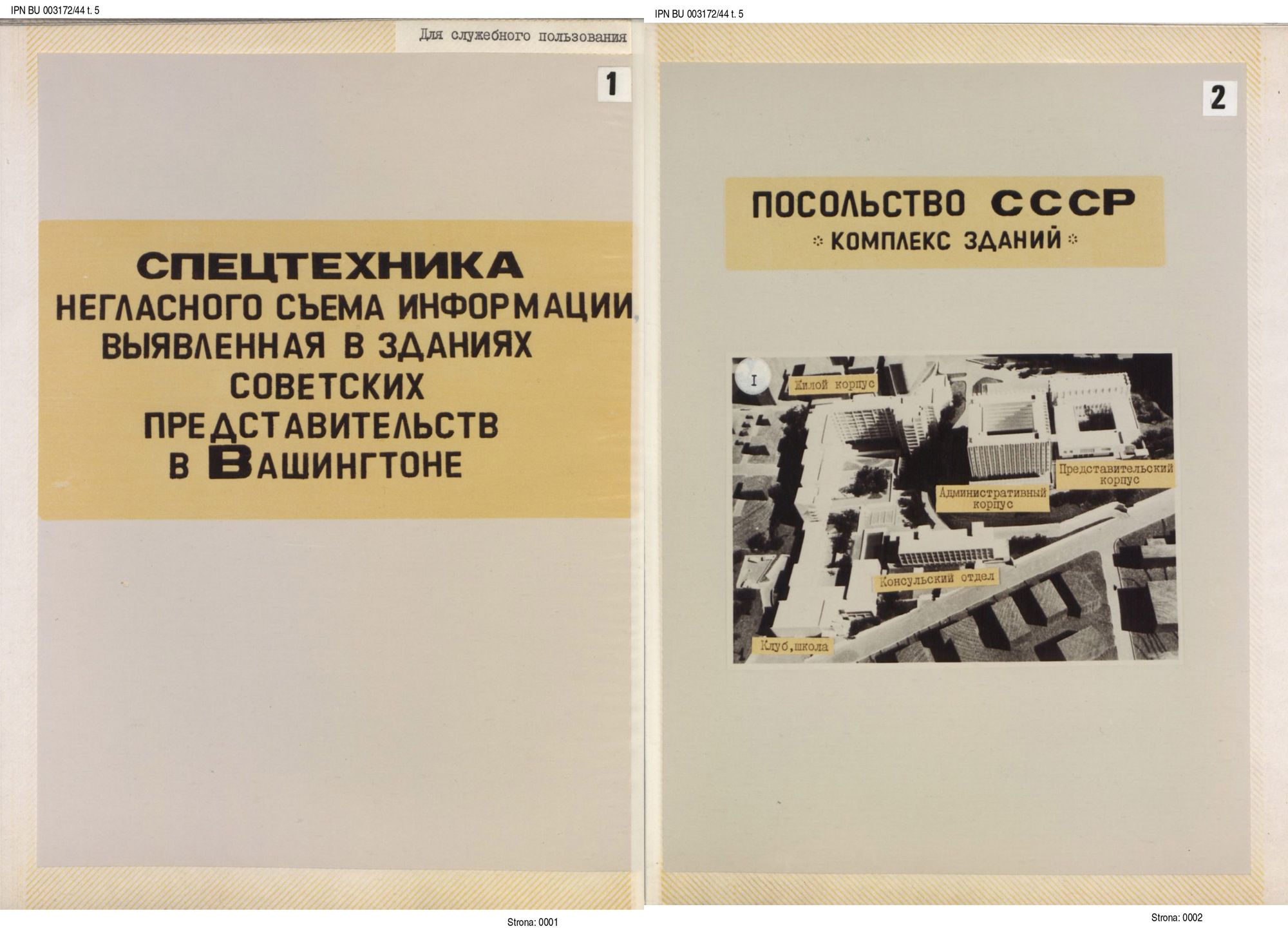
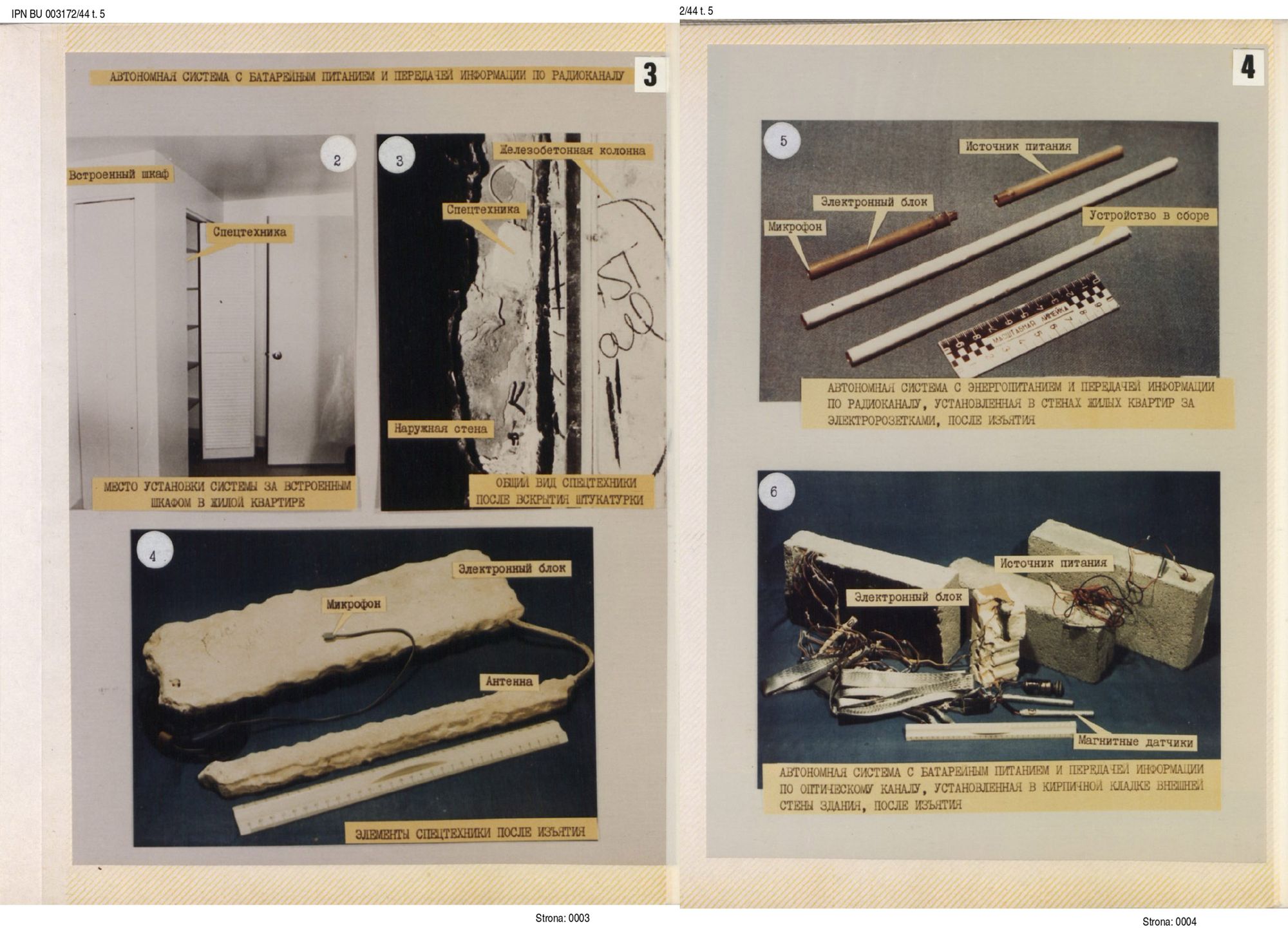
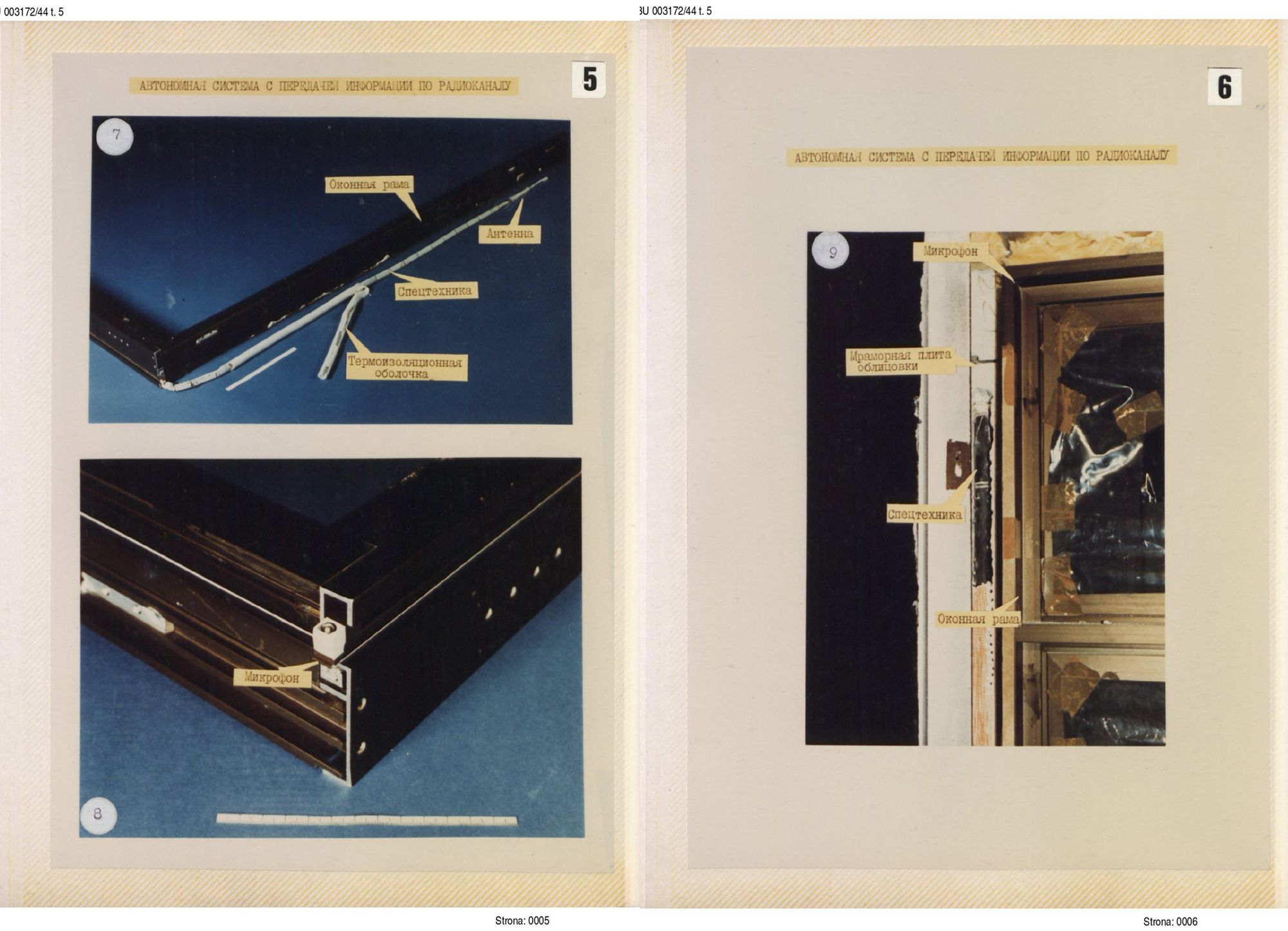
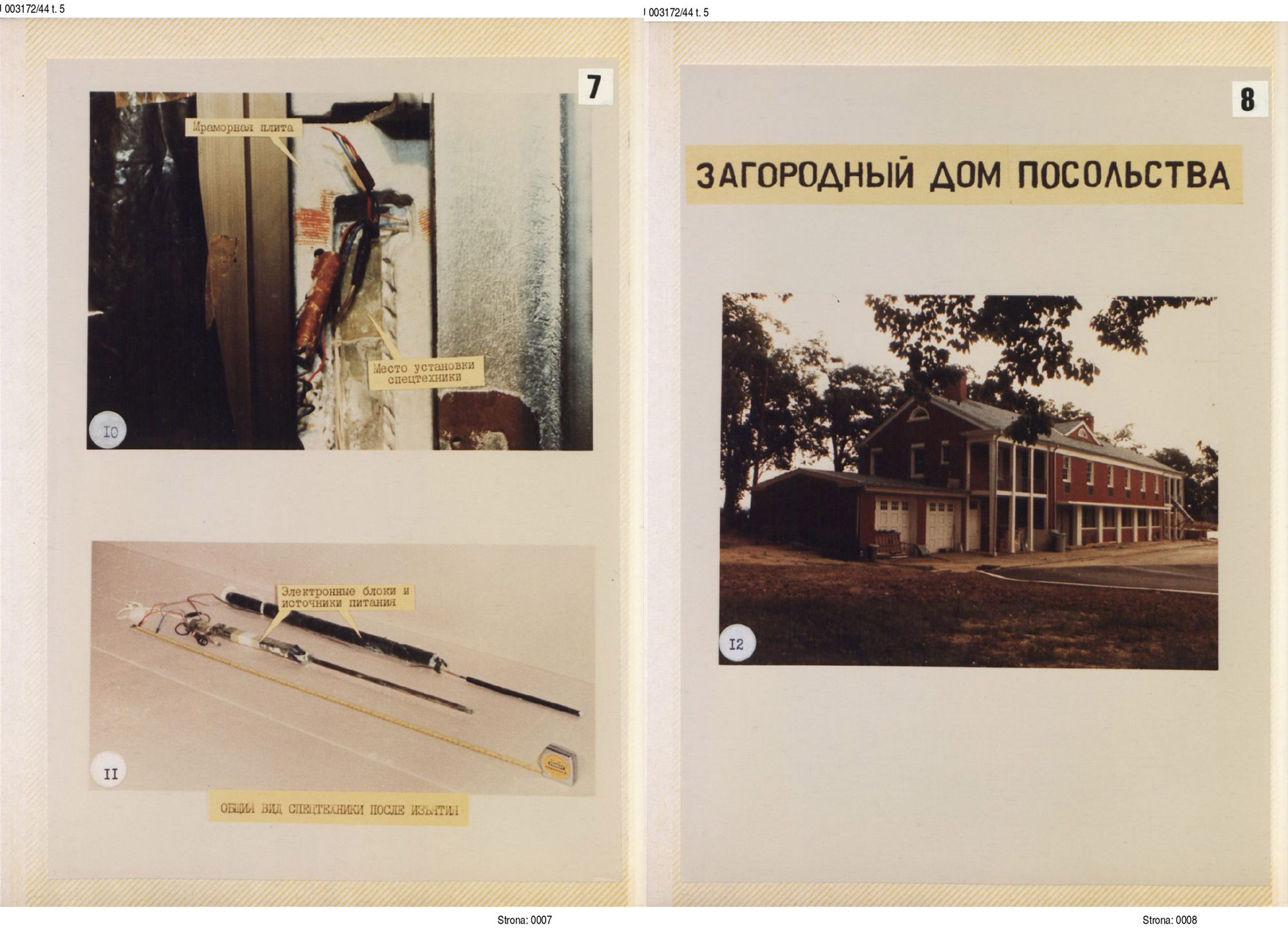
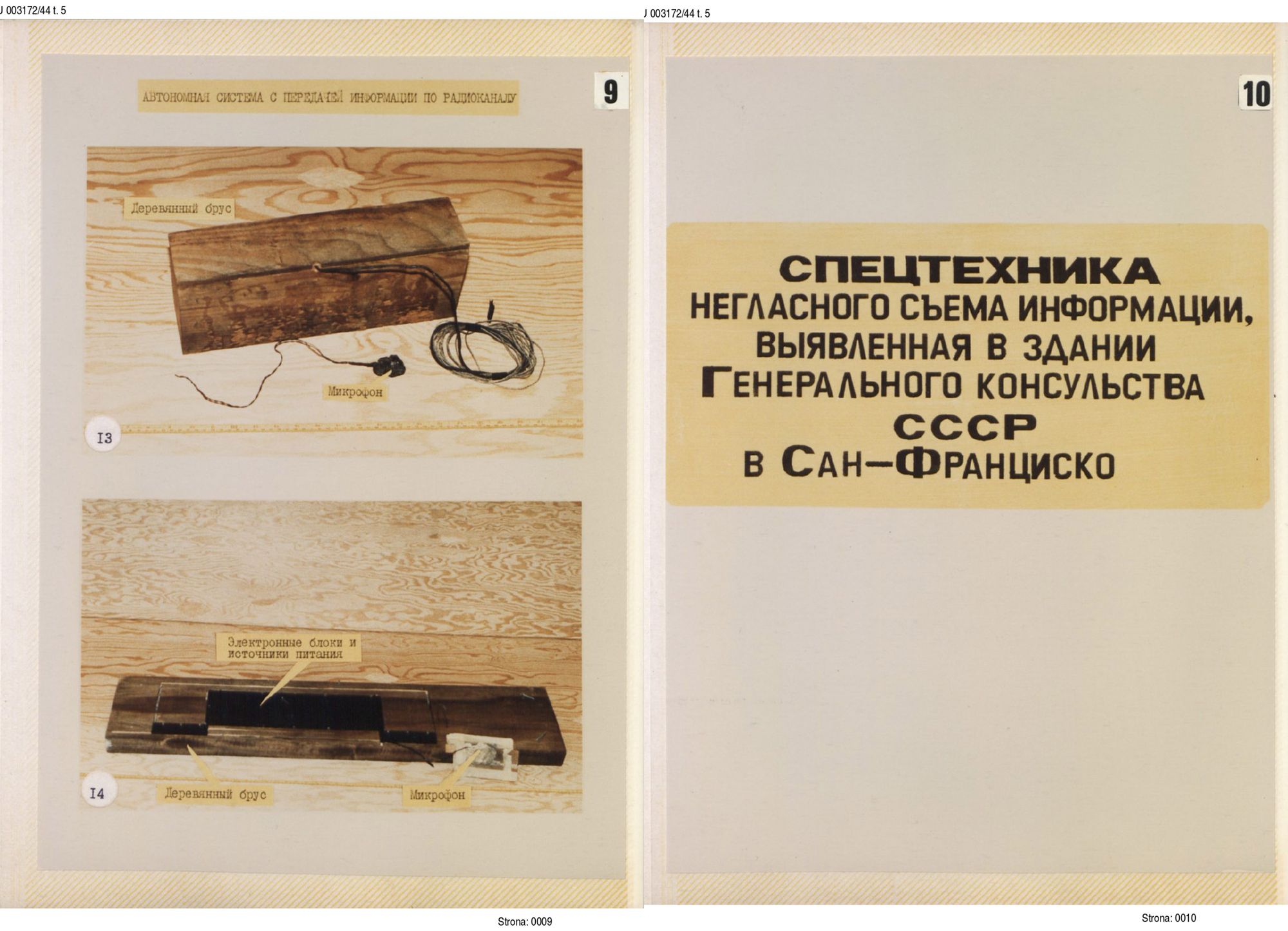
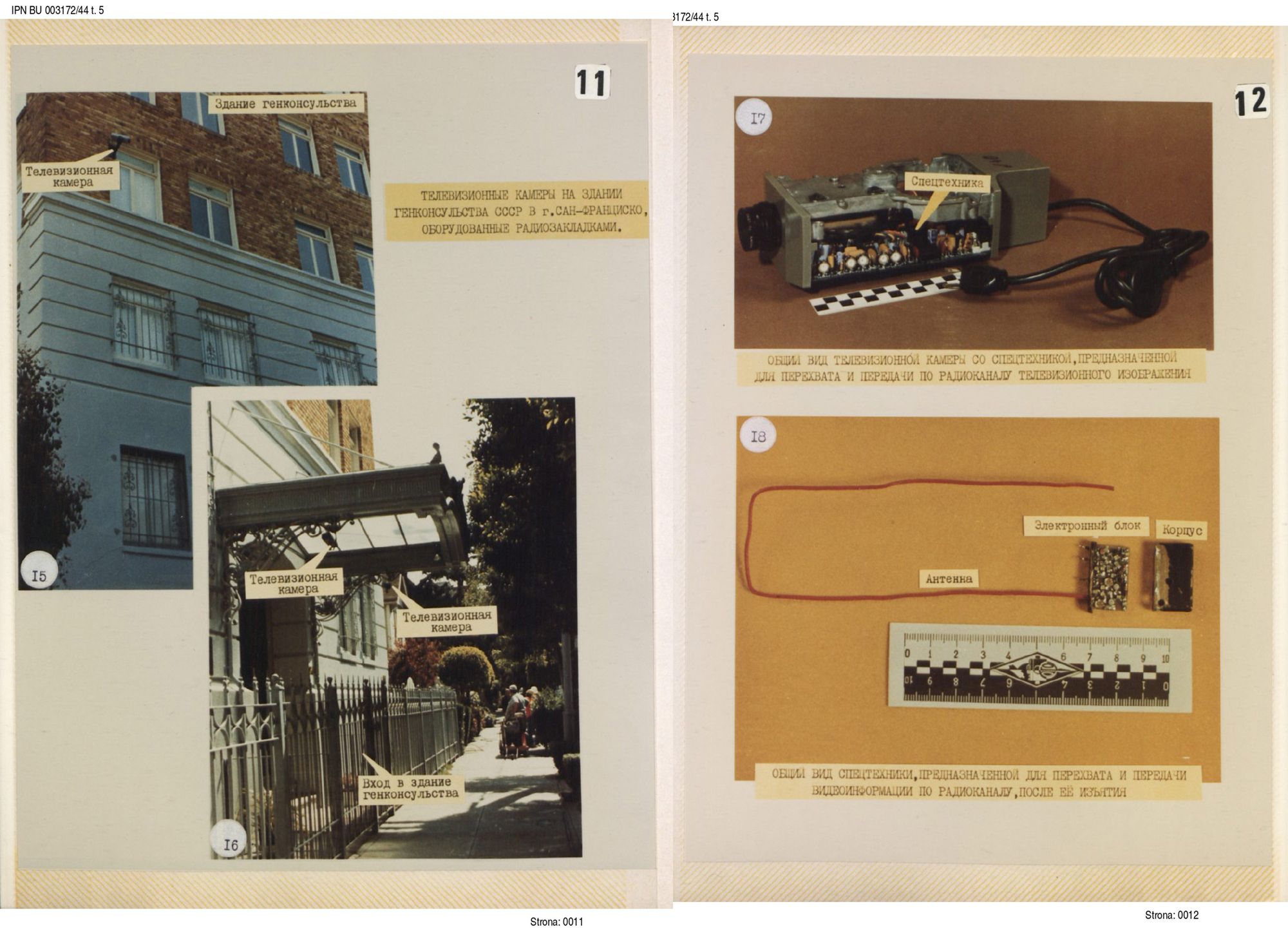
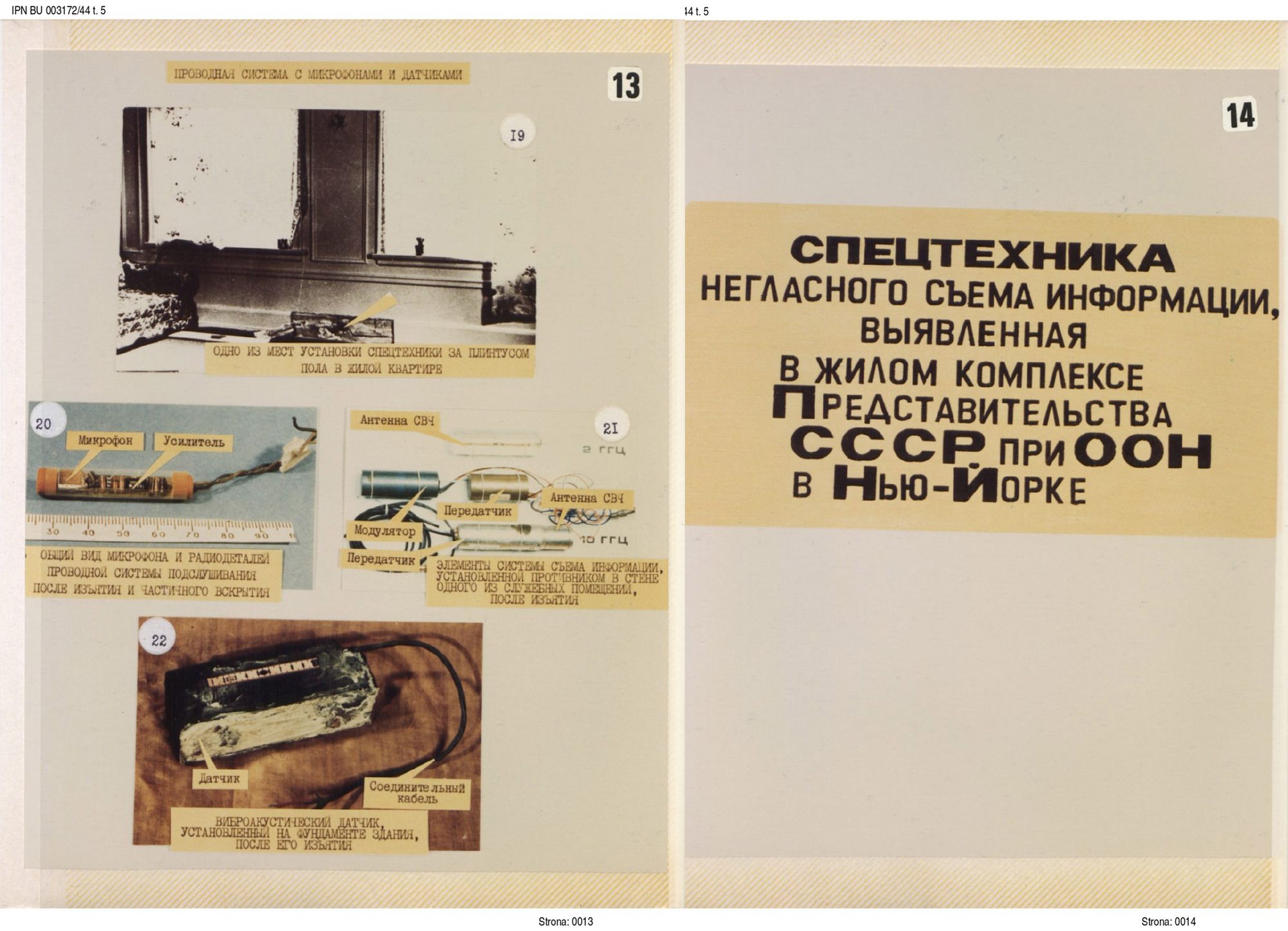
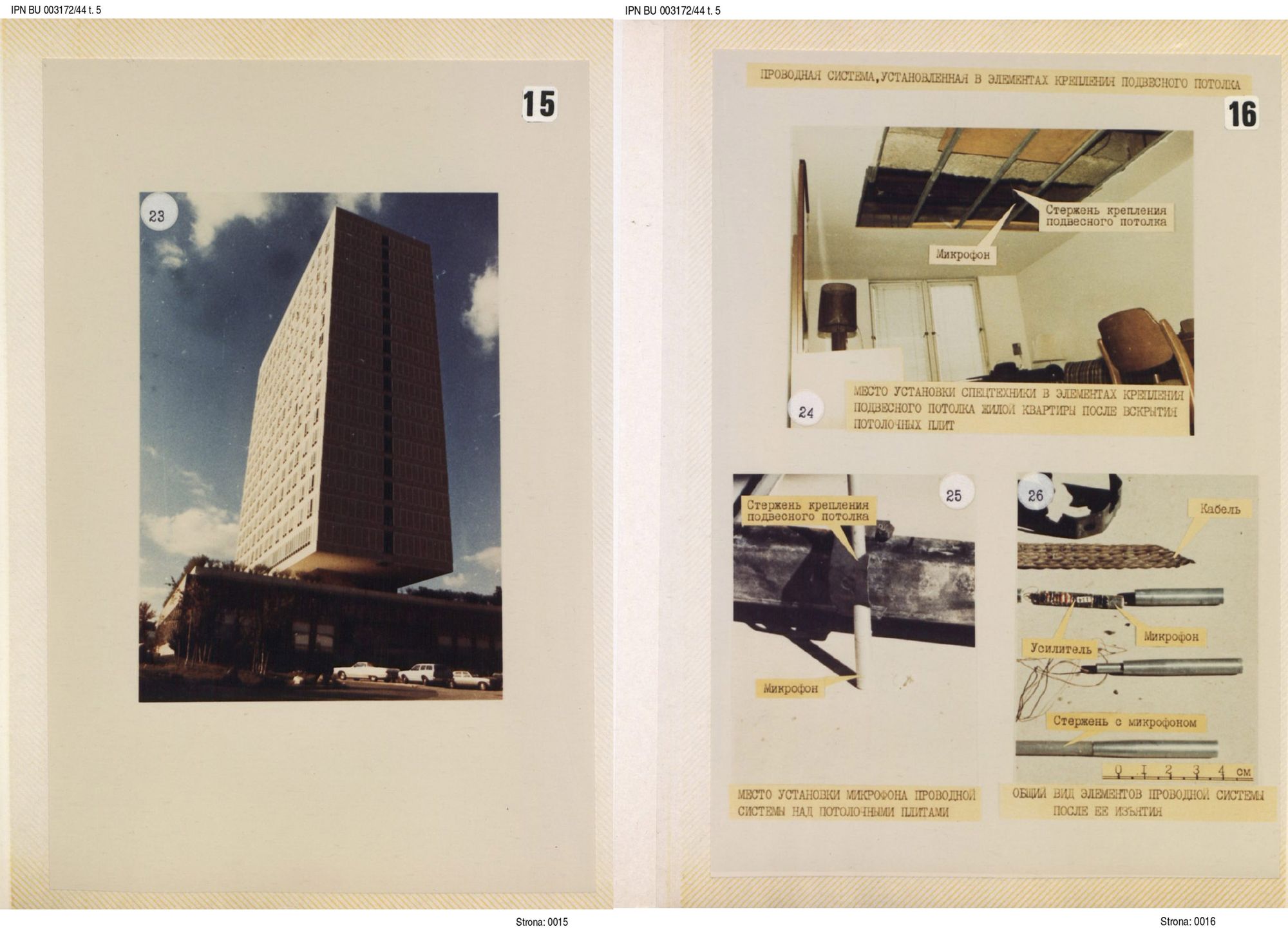
It's no surprise that U.S. spy agencies would devote serious resources to wiring up Russian properties across the country, particularly during one of the chilliest decades of the cold war. (And, indeed, there have been prior revelations in the press about secret tunnels dug by U.S. spy agencies beneath Soviet diplomatic facilities in Washington, D.C., and San Francisco to facilitate eavesdropping operations.) But there are a number of notable takeaways from the Soviet-era document, according to former intelligence officials.
“The number of bugs is useful as an indication that this is a sustained operation over years,” a former U.K. intelligence official with experience conducting technical operations told me. (The official requested anonymity to discuss sensitive intelligence techniques.) The sheer variety in where U.S. counterspies placed the bugs shows a great deal of “creativity” on their part, the former U.K. official said. While the bugging of cars and power outlets is considered “fairly standard,” the former official added, U.S. spies cleverly inserted bugs in more unusual locations like window frames.
The KGB file also shows how limited the technological capabilities of the U.S. were at the time compared to today, though they were cutting-edge at the time, according to former intelligence officials. The bugs are “a lot smaller than equivalent commercial technology at the time,” but bigger than what you might see used in similar technical operations today, the former U.K. official said. Much of that has to do with innovations in battery technology, including enhanced battery life and smaller battery size, key components for the technology used in these sorts of operations, according to former officials.
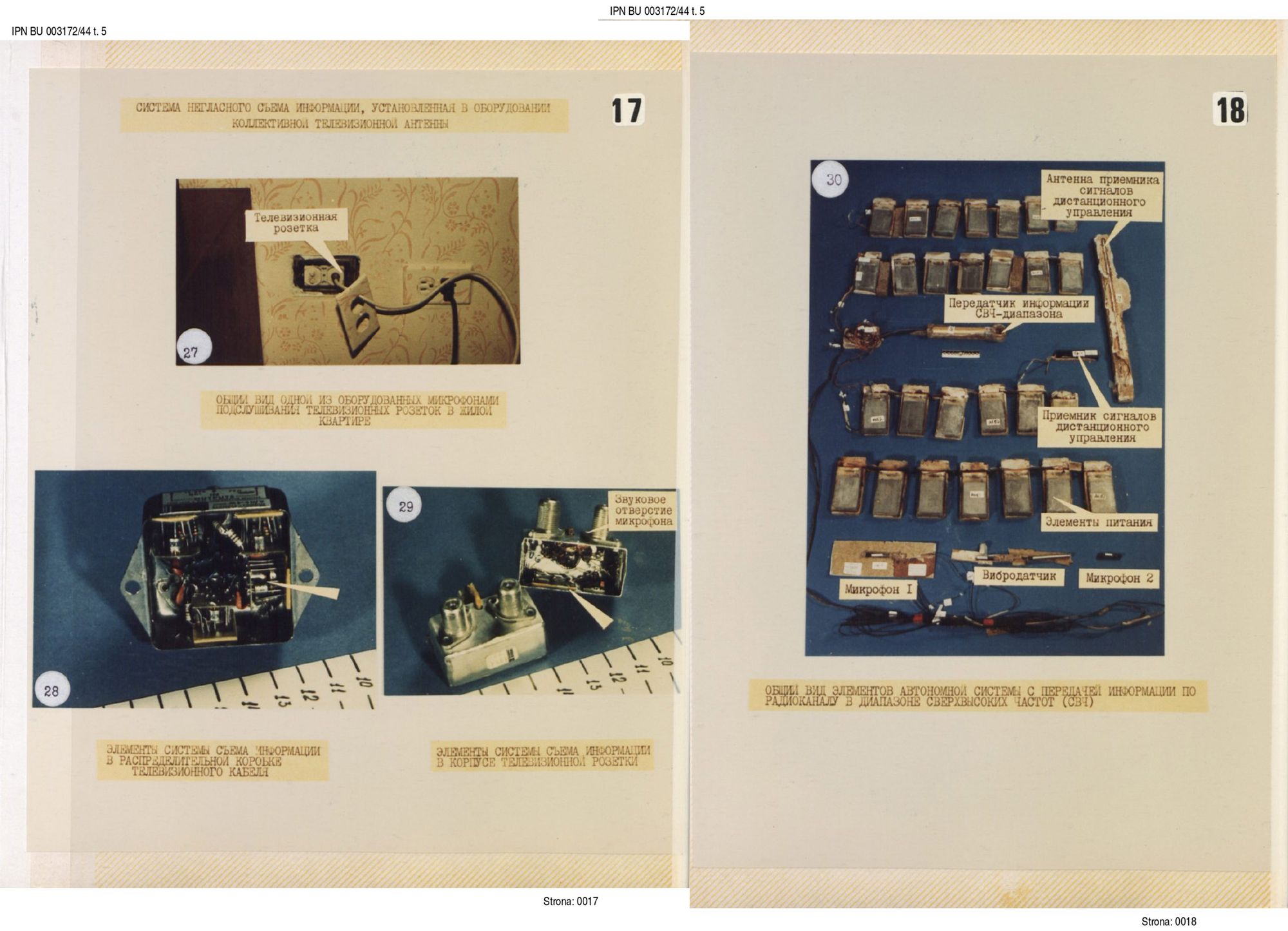
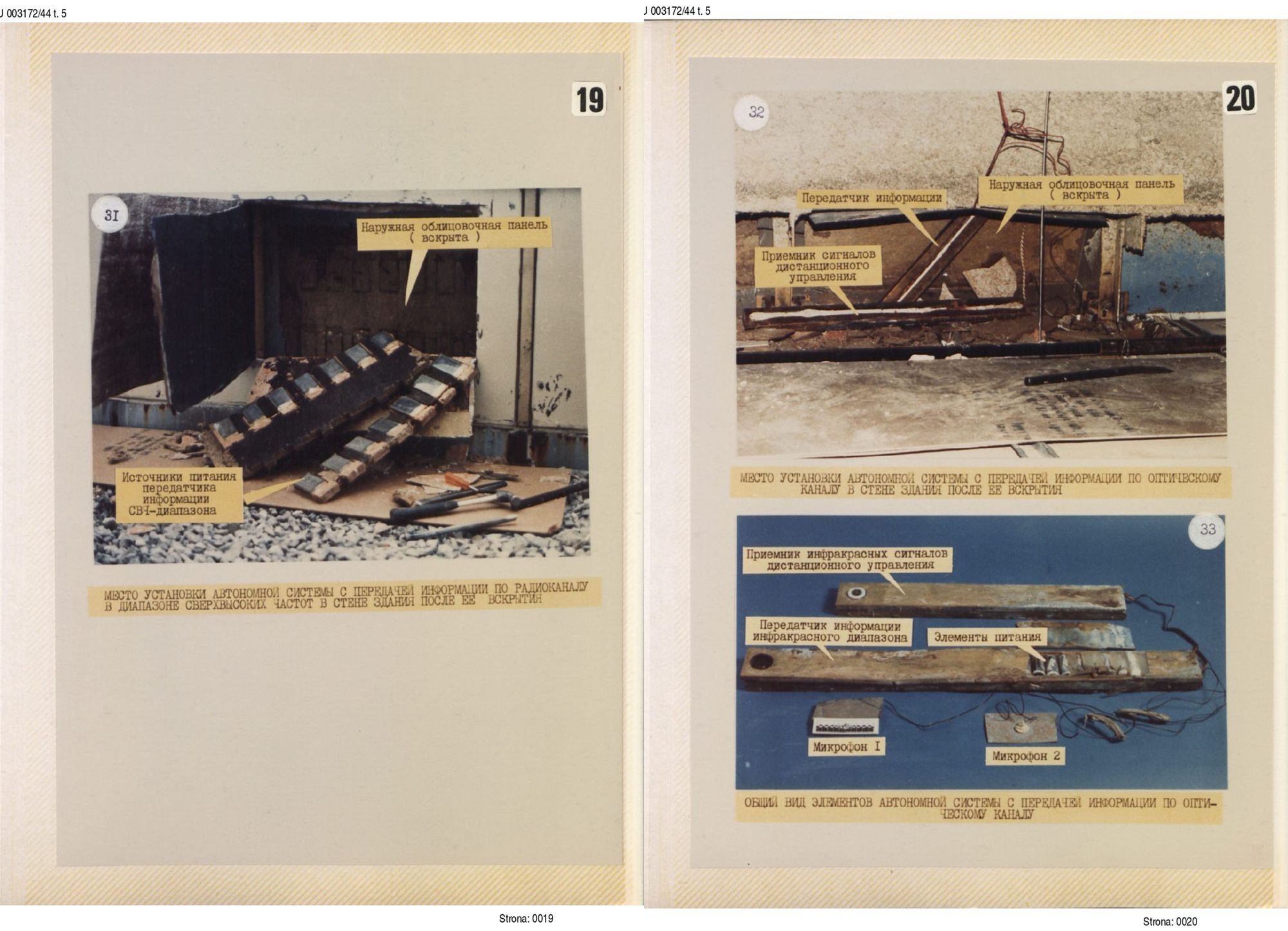
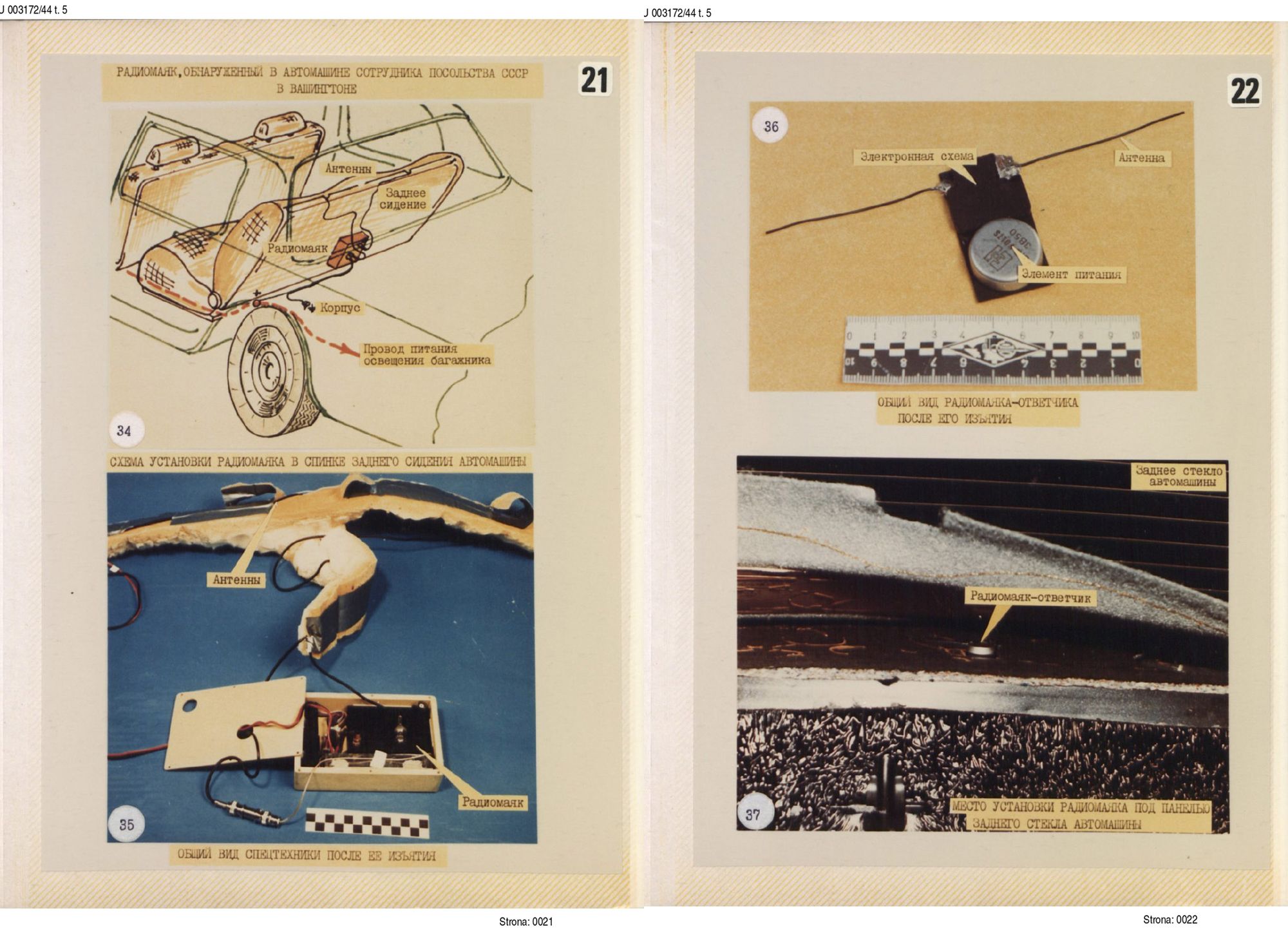
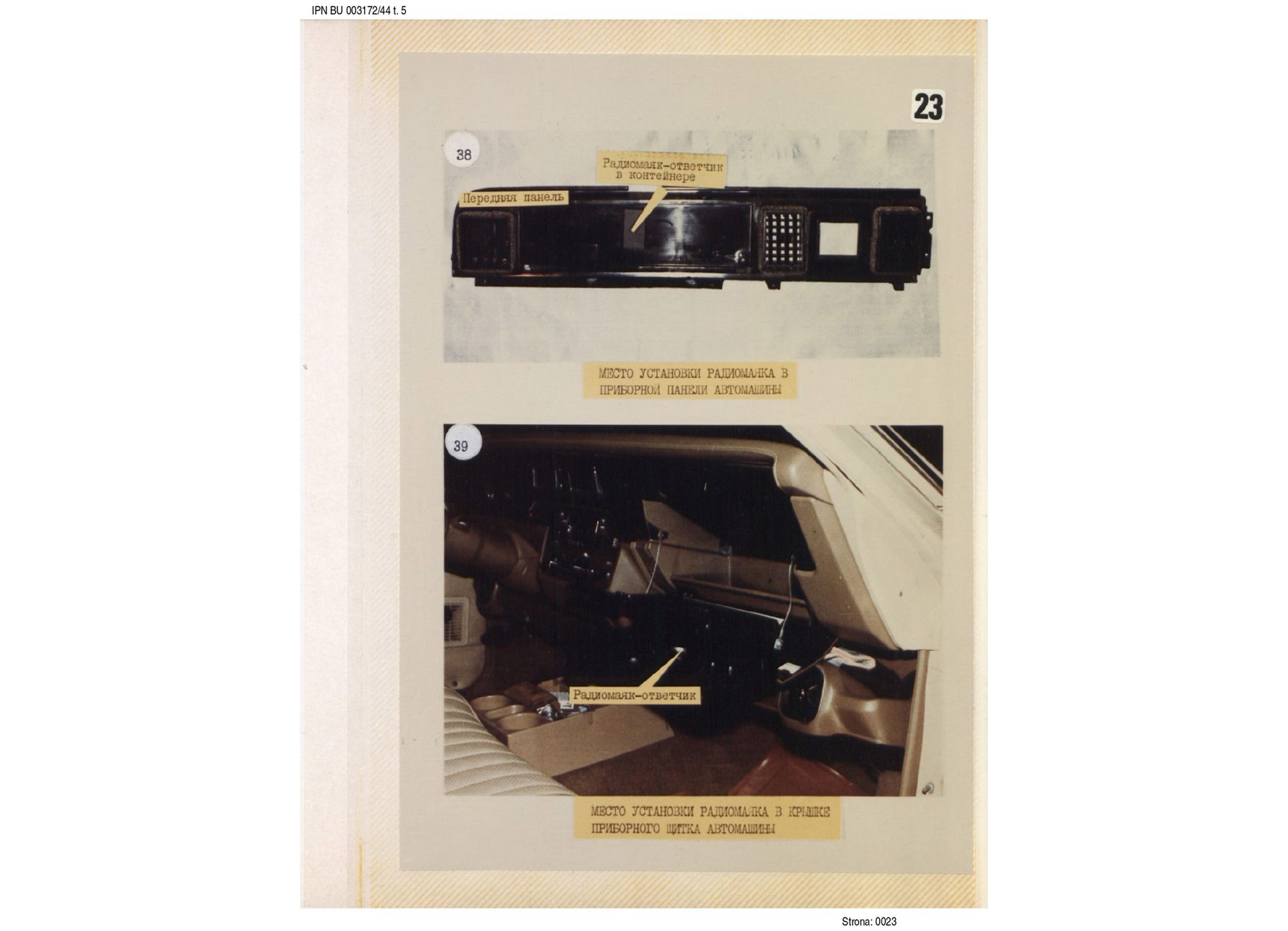
In fact, a former U.S. intelligence official said, battery-related innovations are some of the most closely guarded secrets within CIA’s science and technology branch. “It is one of the most heavily compartmented things the agency does,” says this former official. (CIA did not return a request for comment.)
Between improvements related to batteries, miniaturization, and radio frequency, eavesdropping devices have come a long way since the 1980s, according to the former U.S. intelligence official.
Because digital transmissions capabilities from bugs in this era were often rudimentary — and therefore easier to detect — many bugs actually required some sort of repeated physical access to pick up the data they stored, former officials said. “In the 80s, it was a lot of cash and carry,” the former U.S. official said.
The lack of significant battery power in some of the bugs catalogued by the Soviets is revealing. “It tells you that it was a specific short-term surveillance op or that the people planting it expected to be able to semi-regularly replace them,” the former U.K. intelligence official said.
But as antiquated as the technology revealed in the KGB file might be compared to the intelligence community’s capabilities today, this period represented something of a zenith regarding the U.S.’s technical advantage over its rivals, according to the former U.S. intelligence official.
In the 1980s and 1990s, “we were far ahead in this tech, but we’re not anymore,” the former official said. By the mid-2000s, Russia and China had begun catching up to U.S. capabilities in this sphere, the former official added. The U.S. technical advantage — so pronounced decades ago, as revealed in this KGB file — has now given way to a much more even playing field today, this official recalled.
It's unknown why the Soviets declined to publicize all the bugs they found within their U.S.-based facilities. The Russians ripped them out from their hiding spots, ostensibly preventing them from feeding the U.S. disinformation through the listening devices and trackers they identified.
The likelier explanation is that the KGB knew that U.S. diplomatic facilities in the Soviet Union were bugged to hell — including, at certain points, with listening devices activated by blasting American facilities with microwaves. The use of this technique by the Soviets, which some U.S. officials believed sickened those exposed to it, became a serious diplomatic issue in the 1970s between the two superpowers.
But in this case, there was no evidence by the U.S. of normative transgression in the world of espionage — and nothing the KGB wouldn't gladly have done itself. Best to keep quiet and calm, sometimes, and just spy on.
Get in touch at zach@projectbrazen.com or securely at brushpass1@protonmail.com.
